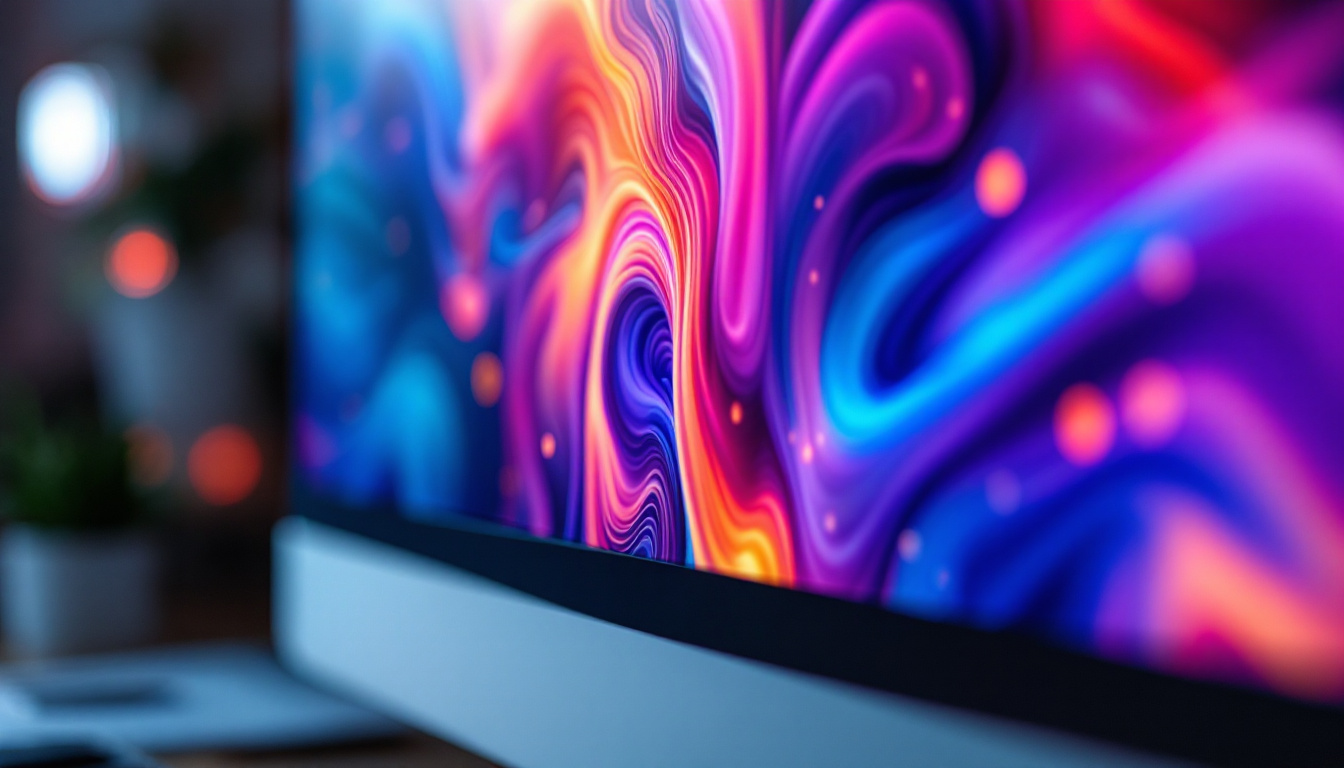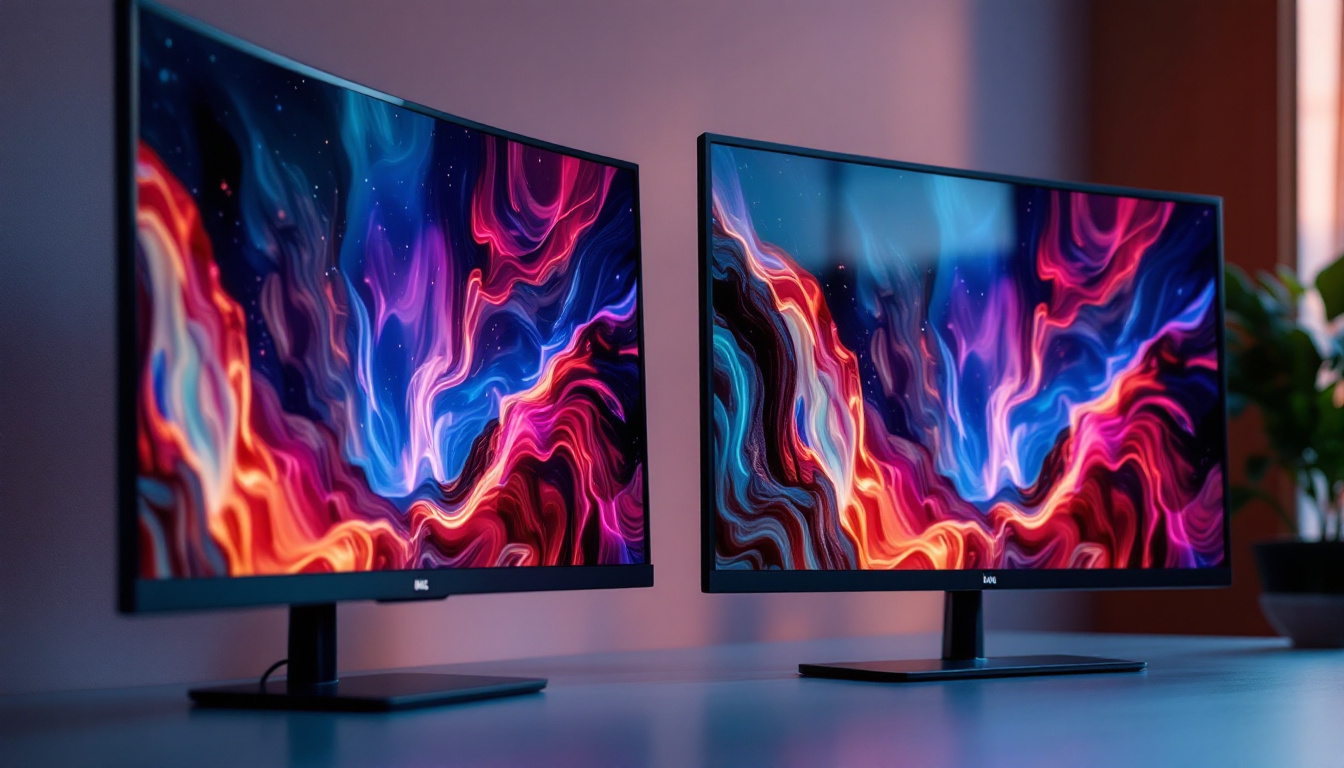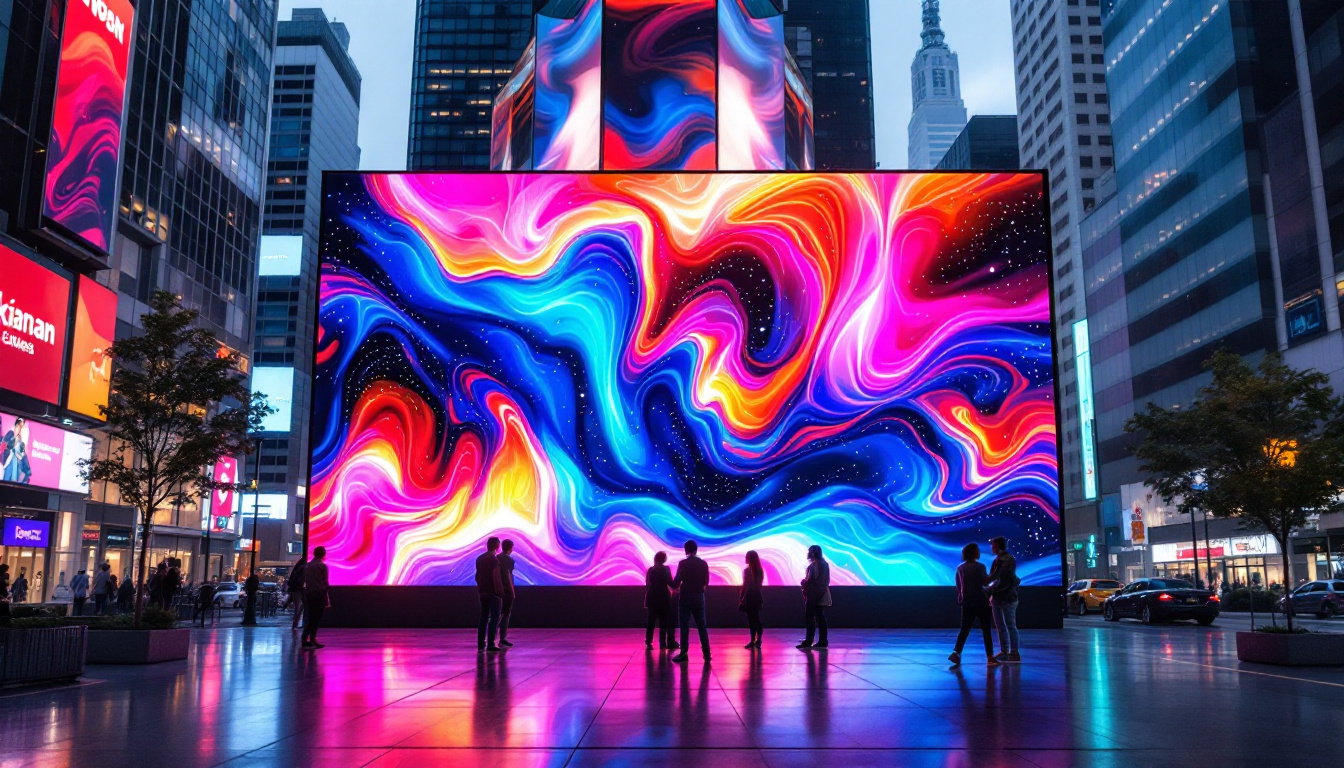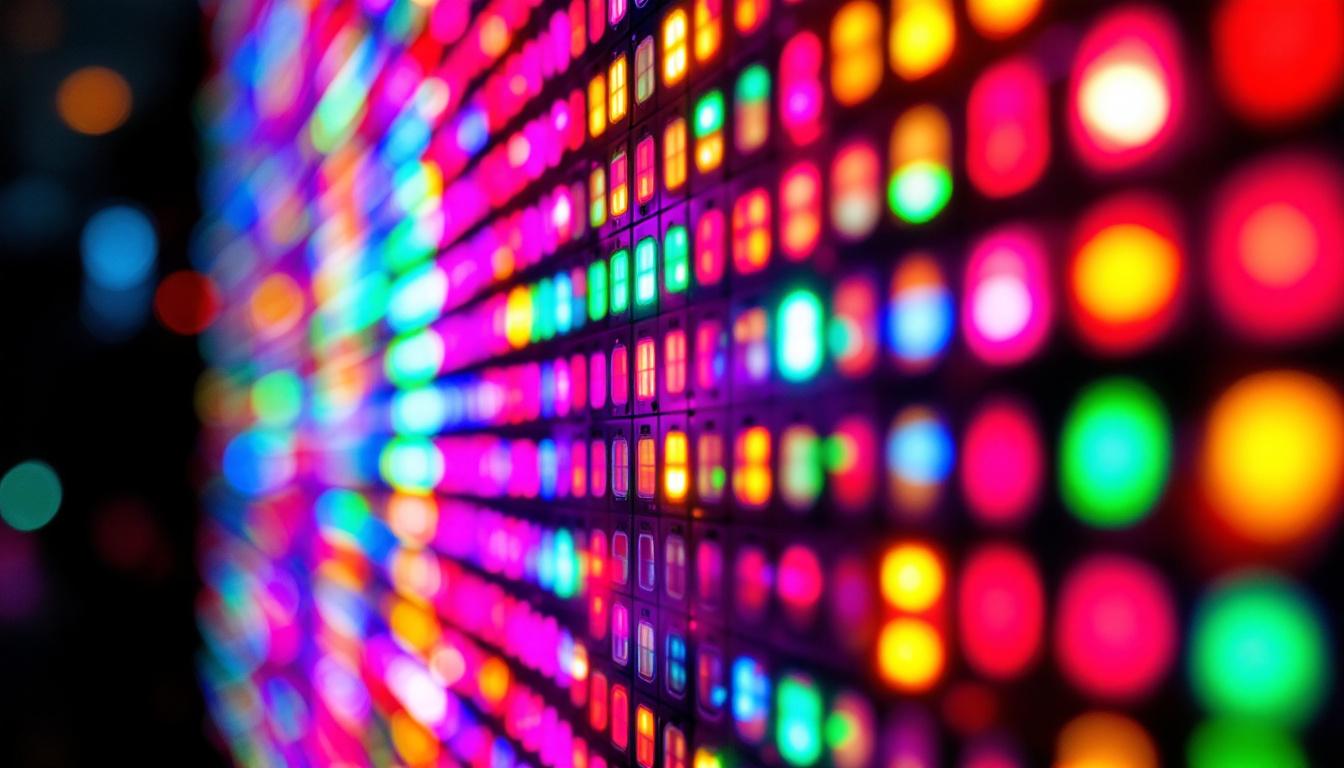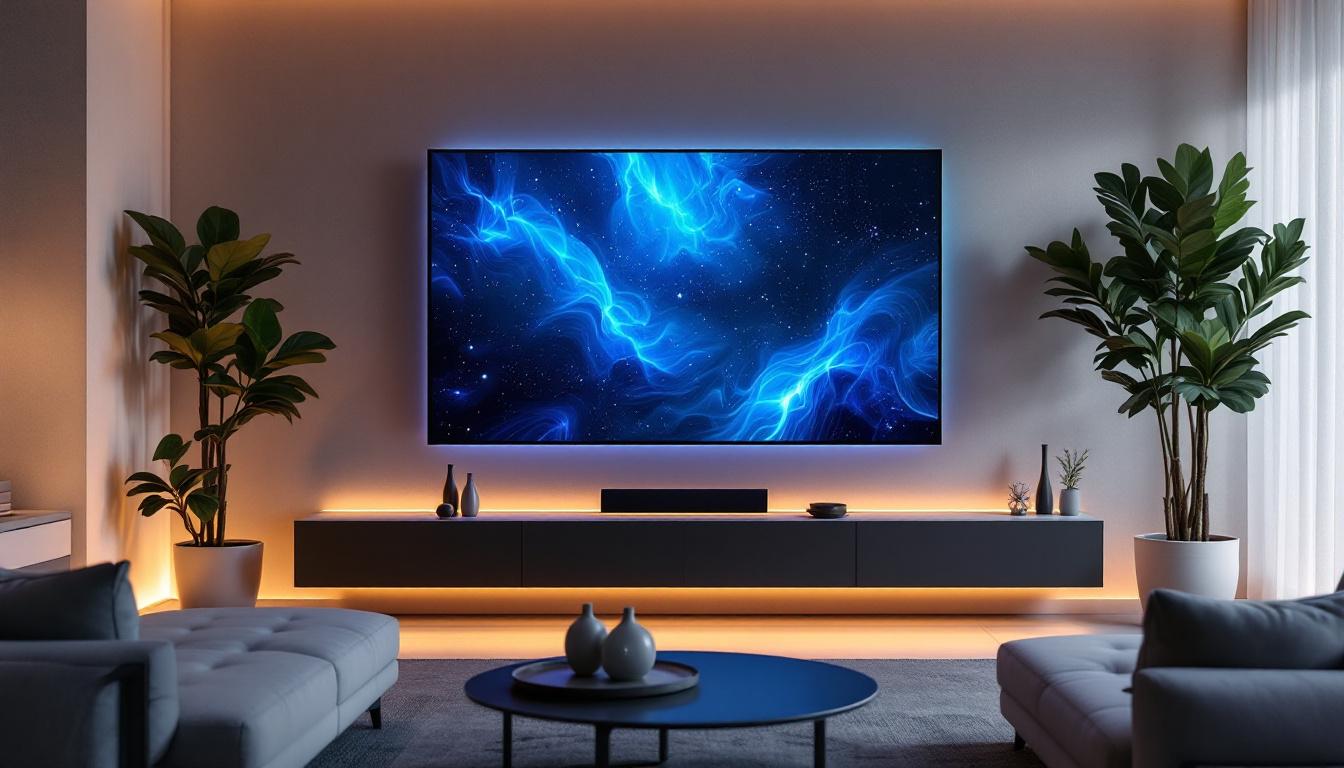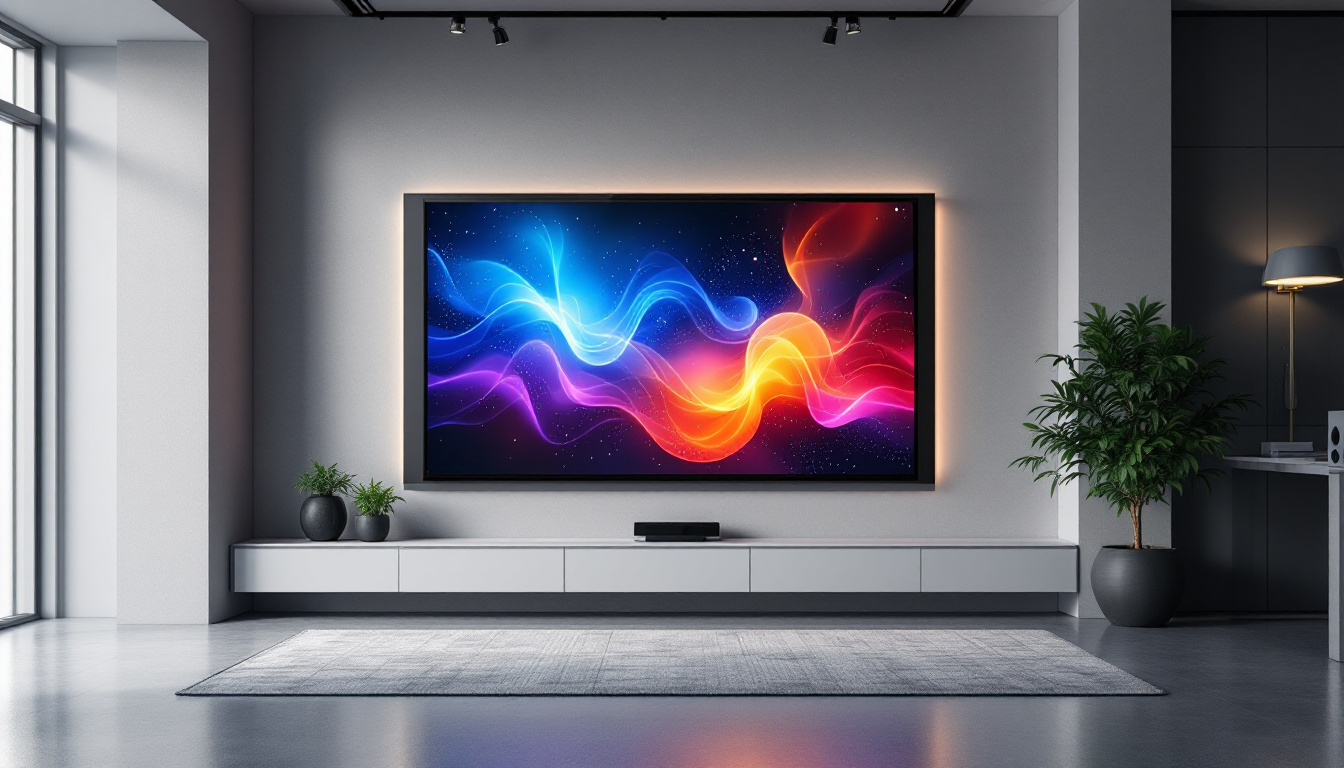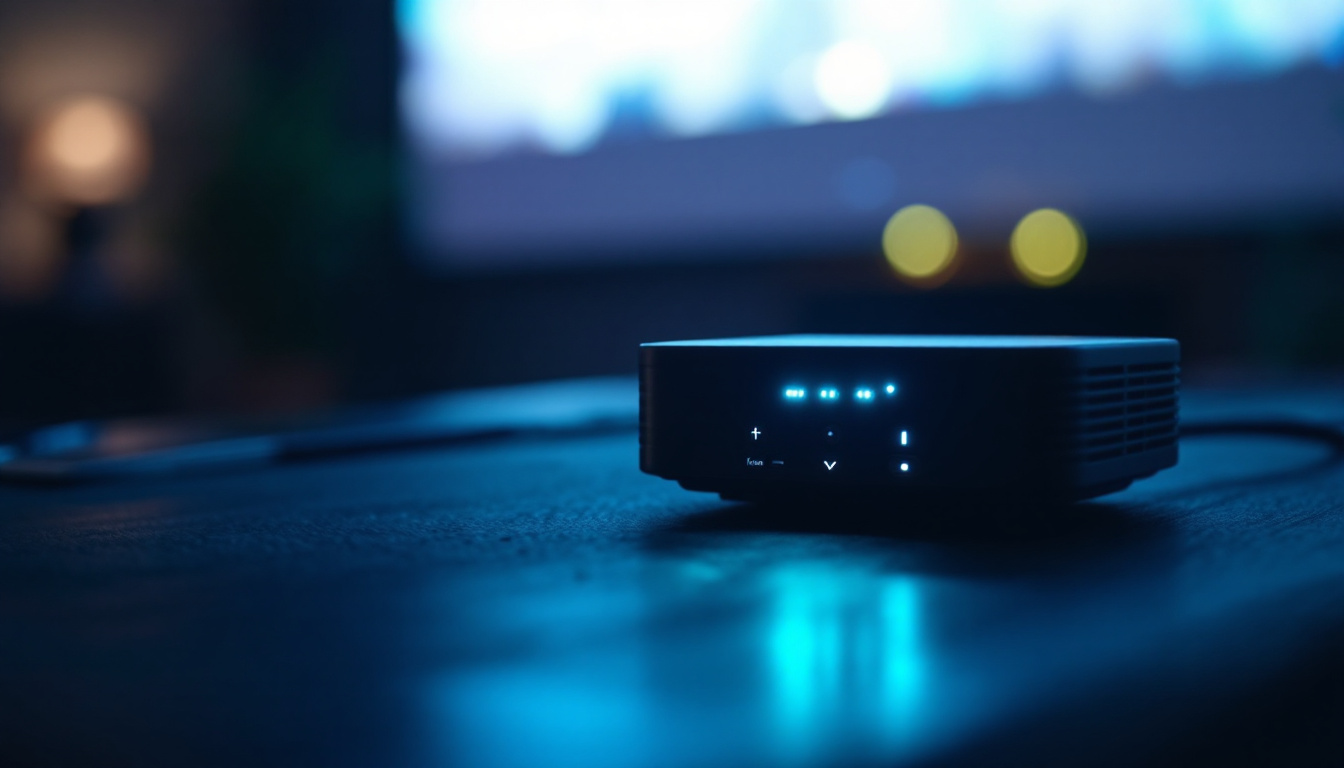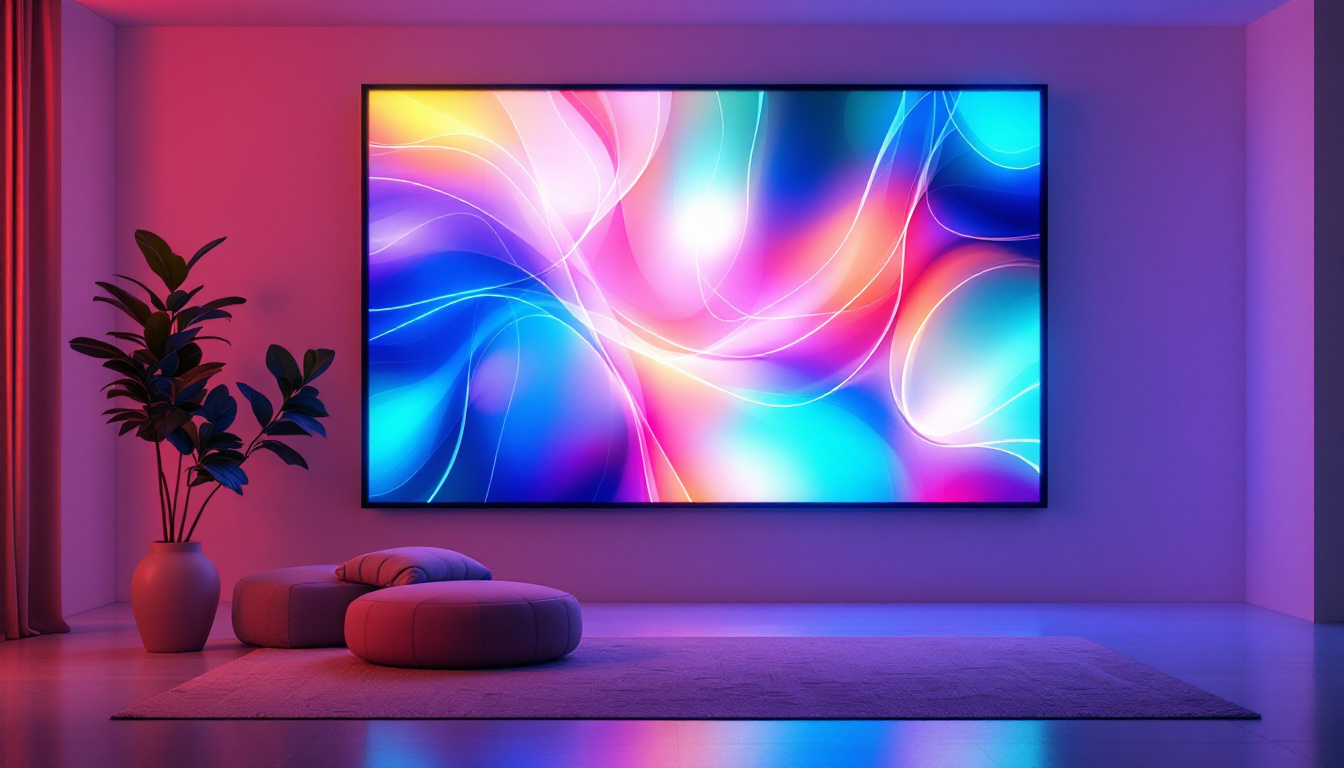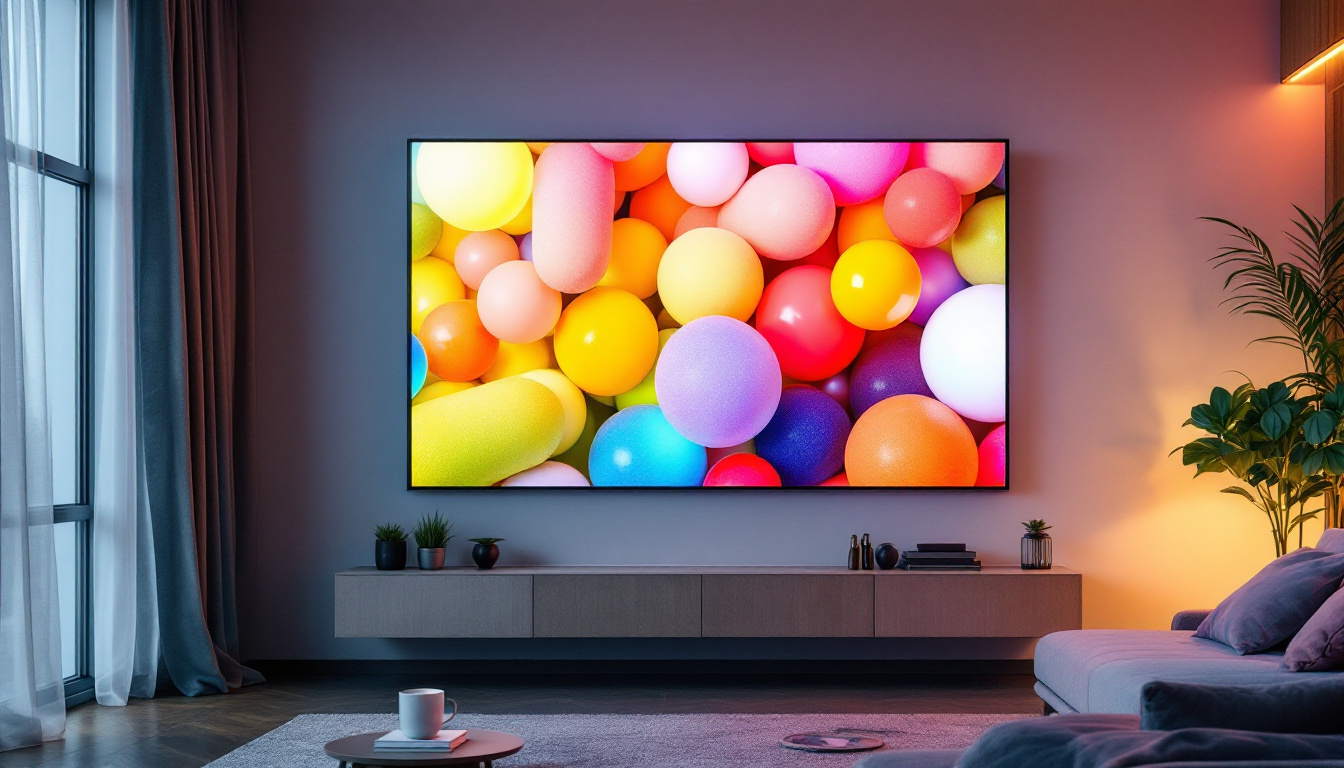In today’s digital age, the quality of a monitor significantly influences the user experience, whether for gaming, professional work, or casual browsing. Two critical aspects that determine the visual performance of a monitor are brightness and contrast. Understanding these elements is essential for selecting the right LED display that meets your needs.
Understanding Brightness
Brightness refers to the amount of light emitted by a monitor. It is measured in nits (cd/m²), which quantifies the luminance of the display. Higher brightness levels can enhance visibility in well-lit environments, making it a crucial factor for both indoor and outdoor use.
Importance of Brightness
A monitor with adequate brightness can prevent eye strain and fatigue, especially during extended periods of use. For instance, a display with a brightness level of 250-300 nits is generally suitable for indoor environments, while 400 nits or more is ideal for outdoor settings or brightly lit rooms.
Moreover, brightness plays a pivotal role in color accuracy. A brighter display can produce more vibrant and saturated colors, which is particularly beneficial for graphic designers and photographers who rely on precise color representation. This is especially important when editing images or videos, where the nuances of color can significantly impact the final product. In such cases, having a monitor that can achieve high brightness levels ensures that the colors you see on the screen closely match the intended output.
Adjusting Brightness
Most modern monitors come with built-in settings that allow users to adjust brightness according to their preferences. This is essential not only for comfort but also for optimizing the display for specific tasks. For example, a lower brightness setting may be preferable for reading text, while higher settings can enhance the experience when watching videos or playing games.
Additionally, many monitors feature automatic brightness adjustment technology, which utilizes sensors to adapt the screen brightness based on ambient light conditions. This feature can enhance user comfort and reduce energy consumption. Furthermore, some advanced models offer customizable profiles that allow users to save different brightness settings for various activities, such as gaming, graphic design, or general browsing. This level of personalization can significantly enhance the user experience, ensuring that the display is always optimized for the task at hand.
Moreover, understanding the relationship between brightness and contrast is essential for achieving the best visual experience. High brightness levels can sometimes lead to washed-out colors if not balanced with adequate contrast. Therefore, users should also pay attention to contrast settings, as they work in tandem with brightness to create a more immersive viewing experience. By finding the right balance between these two settings, users can enjoy clearer images and more defined details, whether they are working on intricate design projects or simply enjoying their favorite films.
Exploring Contrast
Contrast refers to the difference in luminance between the brightest whites and the darkest blacks on a display. It is typically expressed as a ratio, such as 1000:1. A higher contrast ratio indicates a more significant difference between light and dark areas, leading to a more dynamic and visually appealing image.
Types of Contrast Ratios
There are two primary types of contrast ratios: static and dynamic. Static contrast is the fixed ratio measured under specific conditions, while dynamic contrast can change based on the content displayed on the screen. Dynamic contrast ratios can be misleading, as they often exaggerate the monitor’s capabilities.
For most users, a static contrast ratio of 1000:1 is considered sufficient for general use, providing a good balance between light and dark areas. However, for tasks that require detailed image work, such as video editing or gaming, a monitor with a higher contrast ratio can significantly enhance the viewing experience.
Effects of Contrast on Image Quality
High contrast ratios contribute to deeper blacks and brighter whites, which can make images appear more vivid and lifelike. This is particularly important in multimedia applications, where visual clarity can impact the overall enjoyment of content.
On the other hand, low contrast can lead to washed-out images, making it difficult to discern details in darker scenes. This is a common issue in monitors with poor contrast performance, which can be frustrating for users who rely on accurate visual representation.
Moreover, the impact of contrast extends beyond mere aesthetics; it plays a crucial role in accessibility. For individuals with visual impairments, high contrast can significantly improve readability and comprehension of text and images. This is particularly relevant in web design, where ensuring that content is accessible to all users is a fundamental principle. Designers often utilize contrast to create visual hierarchies, guiding the viewer’s eye to the most important elements on the page.
In addition, different types of content can benefit from varying levels of contrast. For instance, in cinematic experiences, filmmakers often manipulate contrast to evoke specific emotions or highlight certain themes. High contrast scenes can create tension and drama, while softer contrasts may convey calmness and serenity. This artistic use of contrast not only enhances storytelling but also engages the audience on a deeper emotional level, making the viewing experience more immersive and impactful.
Brightness and Contrast: A Symbiotic Relationship
While brightness and contrast are distinct characteristics of a monitor, they work together to create an optimal viewing experience. A well-calibrated display should balance both elements to ensure that images are not only bright but also rich in detail. This balance is crucial not only for aesthetic appeal but also for functional clarity, allowing users to discern subtle differences in color and texture that might otherwise be lost in an improperly adjusted screen.
Calibration Techniques
Calibrating a monitor involves adjusting both brightness and contrast settings to achieve the best possible image quality. This process can be performed manually through the monitor’s on-screen display (OSD) settings, or by using specialized calibration tools that provide more precise adjustments. Professional calibration tools often include colorimeters that can measure the display’s output and suggest adjustments based on specific standards, ensuring that colors are rendered accurately and consistently.
For manual calibration, users can start by setting the brightness to a comfortable level, followed by adjusting the contrast until the desired image quality is achieved. It is advisable to use test images or patterns to evaluate the effectiveness of the adjustments. These test patterns can include gradients and color swatches that help users identify the point at which details are lost in shadows or highlights, allowing for fine-tuning that can significantly enhance the overall viewing experience.
Impact on Different Use Cases
The ideal brightness and contrast settings can vary significantly depending on the intended use of the monitor. For example, gamers may prefer a higher contrast setting to enhance visibility in dark game environments, while graphic designers may prioritize color accuracy and brightness to ensure their work appears as intended across different devices. In gaming, the right settings can mean the difference between spotting an enemy lurking in the shadows or missing crucial details that could affect gameplay.
Similarly, office workers may benefit from a balanced approach, where both brightness and contrast are set to reduce eye strain during long hours of use. A well-calibrated display can help maintain focus and productivity, especially in environments with varying lighting conditions. Additionally, individuals who frequently switch between tasks—such as reading documents, editing photos, or watching videos—might find it beneficial to have preset profiles that can be easily toggled, allowing for quick adjustments that cater to different activities without needing to recalibrate each time.
Choosing the Right Monitor
When selecting an LED monitor, it is crucial to consider both brightness and contrast specifications. These factors can significantly influence the overall performance and suitability of the display for specific applications.
Specifications to Look For
Look for monitors with a brightness level of at least 250 nits for general use, while those who work in bright environments should aim for 400 nits or higher. In terms of contrast, a static ratio of 1000:1 is a good baseline, but higher ratios are preferable for tasks requiring detailed visual fidelity.
Additionally, consider the panel technology used in the monitor. IPS panels typically offer better color accuracy and viewing angles compared to TN panels, which can impact the perceived brightness and contrast of the display.
Brand and Model Recommendations
Several brands are known for producing high-quality monitors that excel in brightness and contrast. Look for models that have received positive reviews for their display performance, particularly in areas such as color accuracy and uniformity.
Popular choices include monitors from brands like Dell, ASUS, and LG, which often feature advanced technologies to enhance brightness and contrast. Additionally, consider models that support HDR (High Dynamic Range) for improved contrast and color depth, providing a more immersive viewing experience.
Common Misconceptions
Despite the importance of brightness and contrast in monitor performance, several misconceptions persist regarding these specifications. Understanding the truth behind these myths can help users make informed decisions when selecting a display.
Myth: Higher Brightness Always Means Better Quality
While higher brightness can improve visibility, it does not automatically equate to better image quality. A monitor with excessively high brightness levels can lead to glare and eye strain, particularly in dimly lit environments. It is essential to strike a balance that suits the user’s specific needs.
Myth: Contrast Ratio is the Only Factor for Image Quality
Although contrast ratio is an important aspect of image quality, it is not the sole determinant. Factors such as color accuracy, panel technology, and resolution also play significant roles in how an image is perceived. A well-rounded approach to evaluating a monitor’s performance is crucial for making the right choice.
Conclusion
Brightness and contrast are fundamental elements that significantly influence the performance of LED monitors. Understanding these characteristics can help users select a display that meets their needs, whether for professional work, gaming, or casual use. By considering factors such as brightness levels, contrast ratios, and calibration techniques, users can enhance their viewing experience and ensure that their monitor performs optimally.
As technology continues to advance, staying informed about the latest developments in monitor specifications will empower users to make educated decisions. Investing in a high-quality monitor that balances brightness and contrast can lead to improved productivity, enhanced enjoyment of multimedia content, and overall satisfaction with the digital experience.
Discover LumenMatrix LED Displays
Now that you understand the importance of brightness and contrast in enhancing your visual experience, it’s time to experience the pinnacle of LED display technology with LumenMatrix. Our innovative solutions, from Indoor and Outdoor LED Wall Displays to specialized options like Vehicle, Sports, and Floor LED Displays, are designed to bring your content to life. Whether you’re looking to create an immersive gaming environment, a dynamic professional workspace, or an engaging advertising platform, LumenMatrix has the custom solution to meet your needs. Don’t settle for less—check out LumenMatrix LED Display Solutions today and see the difference for yourself.

